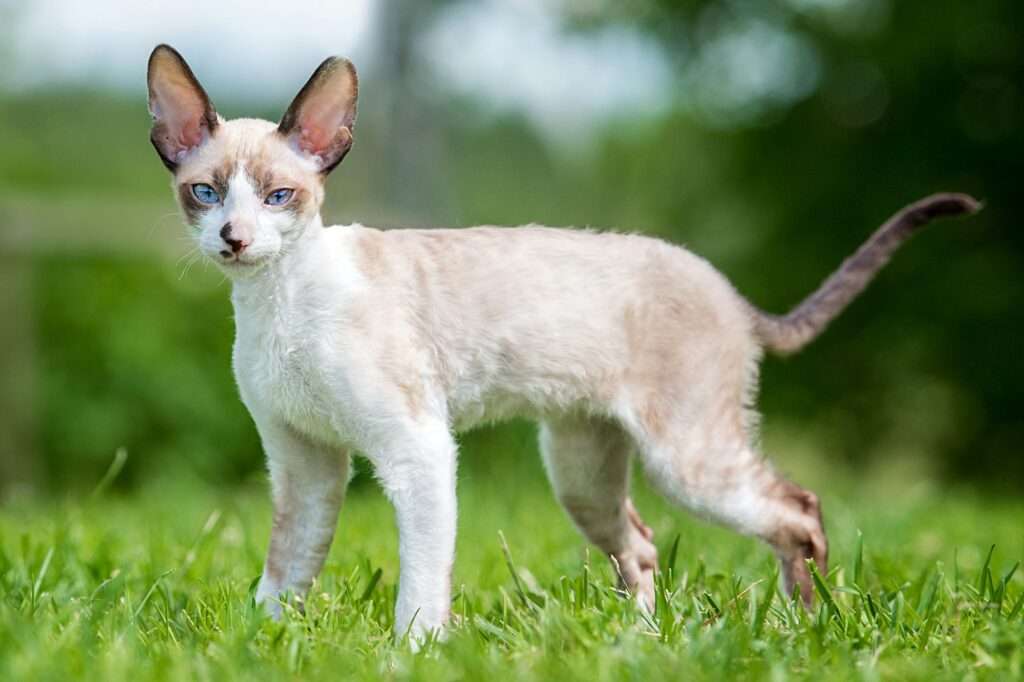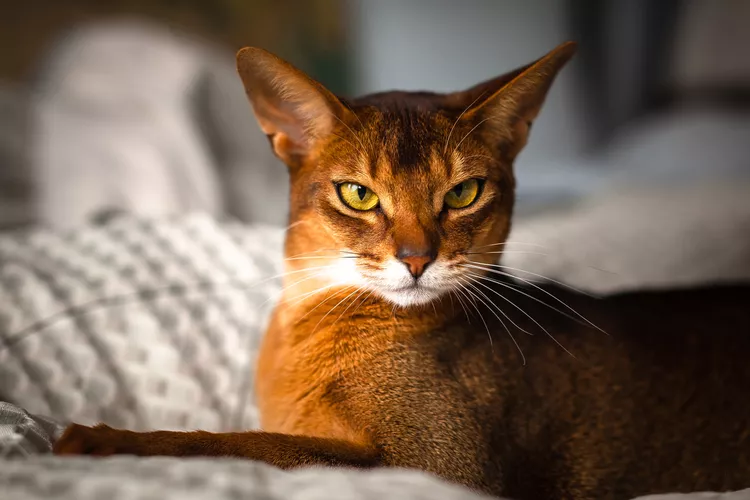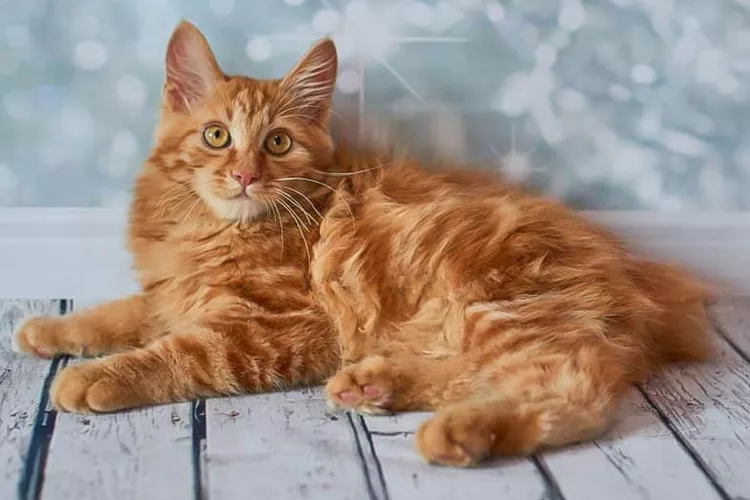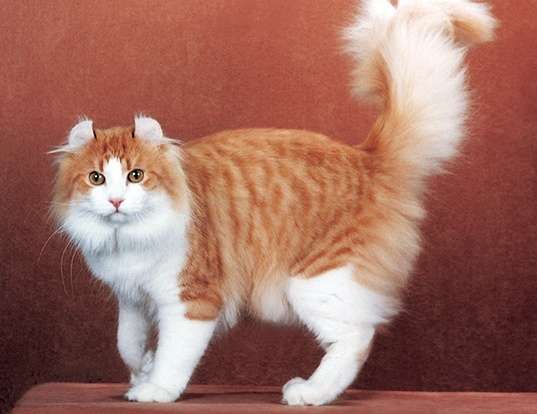
Description
Size: 5-10 lbs.
The Cornish Rex is differentiated from other breeds by its very silky, curly coat and energetic personality. The Cornish rex seems fragile because of her thin frame. The cat feels hefty and warm to the touch. Their bodies have egg-shaped, petite heads with prominent cheekbones, huge, wide eyes, a long nose, and large ears sitting on top of the skull.
The Cornish Rex’s thin boning may make her appear nearly delicate, yet this cat is sporty and not at all delicate. Among cats, the Cornish Rex has a characteristic coat. Although it is silky and smooth, it naturally produces waves that resemble rows of corn.
Origin/History
The first Cornish rex kitten was born in Cornwall in 1950. He was the progeny of an unknown father and a barn cat that had a spontaneous mutation. The person who discovered this discovery, Nina Ennismore, had bred and displayed rex rabbits, so she knew this cat was unique. She welcomed this feline with a curly coat into her house, gave him the name Kallibunker, and consequently the Cornish rex breed was born.
A breeding pair of Cornish rex that belonged to Kallibunker’s direct lineage was brought to the United States in 1957. Since 1967, when the Cornish rex was given formal recognition in the country, it has gained more popularity there than in England.
Behavior
Activity Level: High
Social needs: Need company of humans or other animals, playful
Cornish Rex cats have an almost always youthful demeanor and a playful aspect to their personalities! Rexes are extremely bright, love to play, and are eager to pick up new skills. For hours, they will cheerfully engage in fetching games. They are friendly toward both people and other animals and do best when maintained in pairs, or at the very least, with a cat that is equally active. Even though they are active cats, they do occasionally get satisfied to snuggle up in a lap.
Care as a Pet

Exercise
Cornish Rex cats enjoy playing and exploring. They enjoy puzzles, cat trees, and imitation mice and feather toys. They enjoy playing interactively with people, including children, and other animals the most. These cats have been trained to perform a variety of tasks, such as sitting, shaking, and waving. Many even enjoy fetch and have been observed picking up objects with their paws. They are especially receptive to training methods that include positive reinforcement, and they will readily accept treats in exchange for a job well done!
Nutrition and Diet
The energetic Cornish Rex usually has a similar appetite. But don’t let this rambunctious cat fool you into thinking it requires constant food replenishment. These cats don’t have delicate palates, and if their weight isn’t controlled, they can readily gain weight. Depending on your lifestyle and your cat’s appetite, you might free-feed your cat. Meals on a schedule simplify weight management.
These cats will benefit from premium cat food, but they also like the occasional treat of fruits and vegetables that have been approved by a veterinarian. These can be provided as treats or scrumptious augmentations to their regular mealtimes.
Grooming needs
The Cornish Rex is fairly easy to groom—just run your hand over his fur. However, some Cornish Rex cats have longer or woollier coats, so they could benefit from using a fine brush. Gently groom to avoid breaking the fine hairs.
Table





